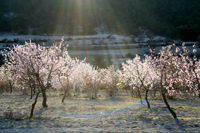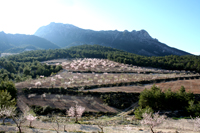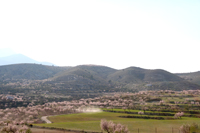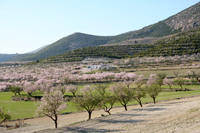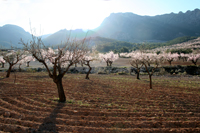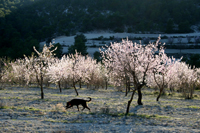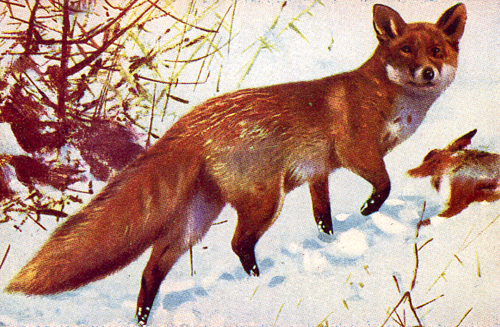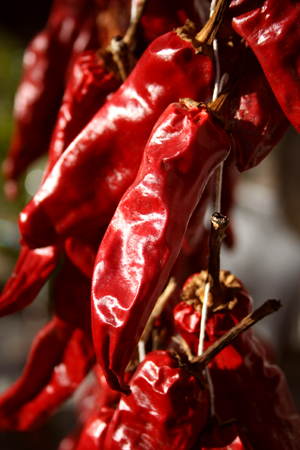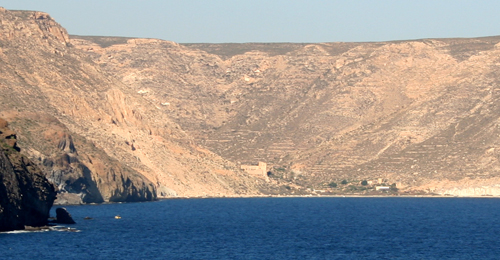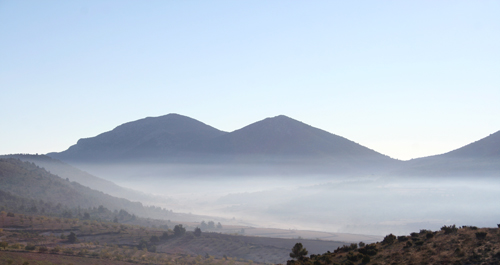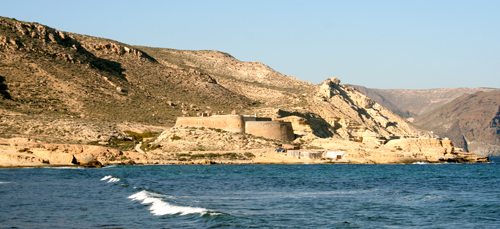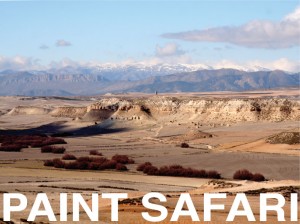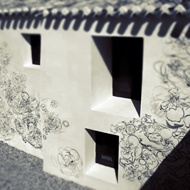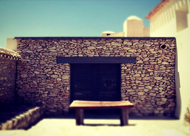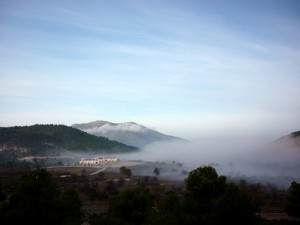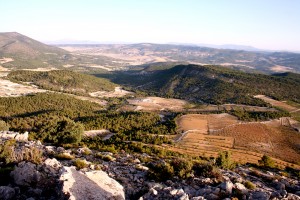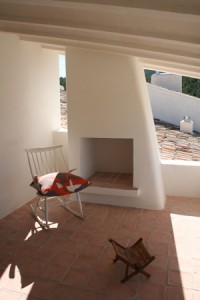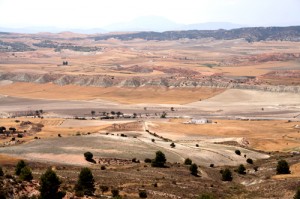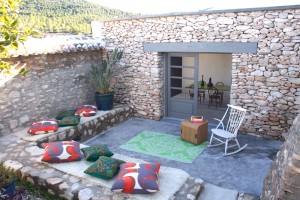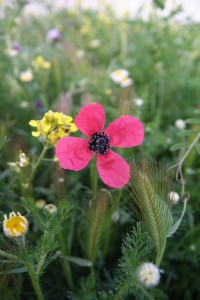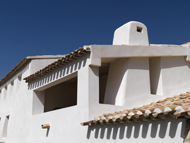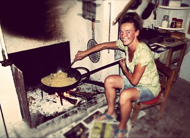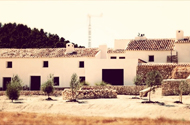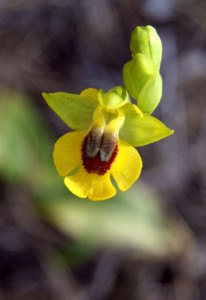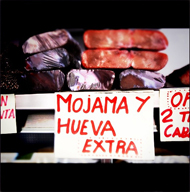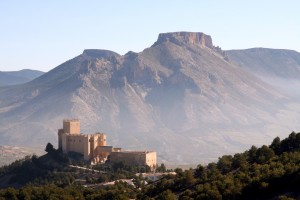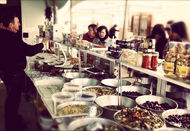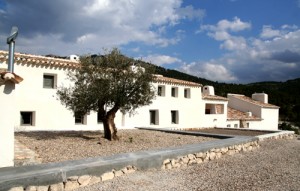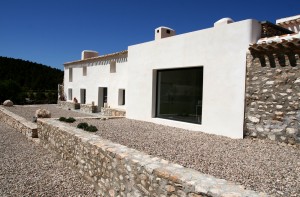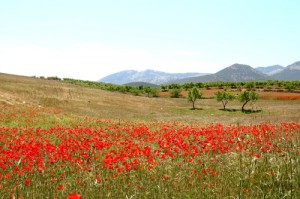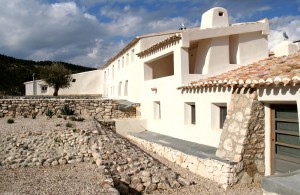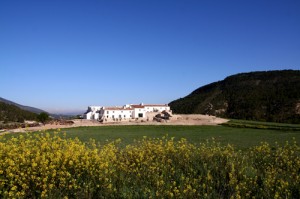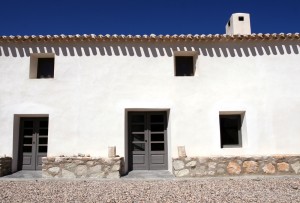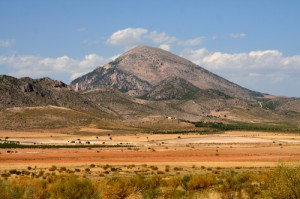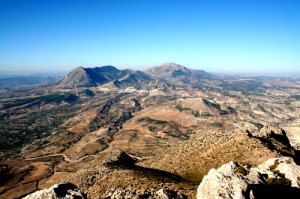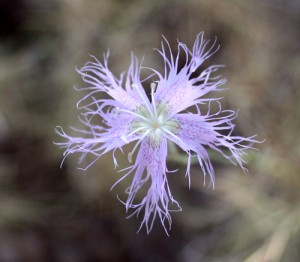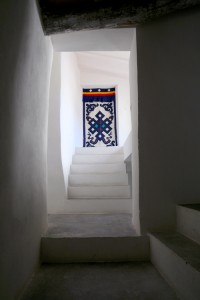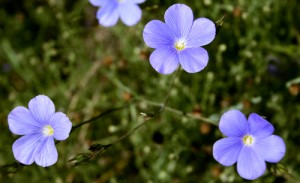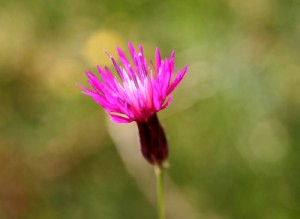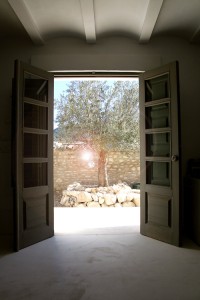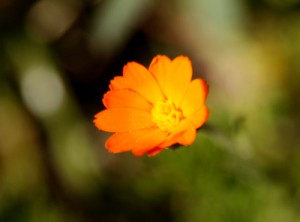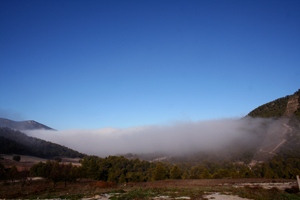Almendras
It’s almond pruning time again at Los Gazquez and this is what I have gleaned from the locals. You will need…

A Husqvarna pro chain-saw with helmet and visor. The helmet is to protect your head when a branch lands on it having cut it off the tree with a ‘Kamikaze’ long handled saw. Big clippers, small saw, gloves and a hoe.
Then you take one almond tree with 20 years of neglect…
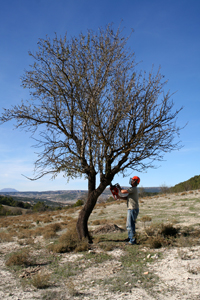
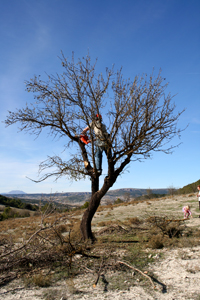
You need to cut out all the strong new growth through the centre as these put all the moisture into new growth, not almonds.
Cutting out the branches that grow up through the crown allows the sun in to ripen the nuts more effectively.
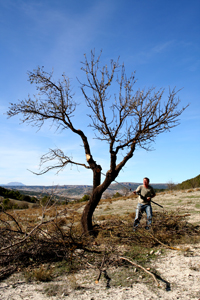
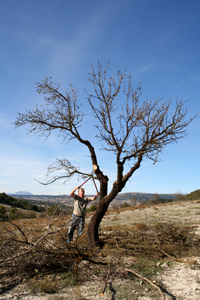
And the finished article already for spring blossom and a bumper crop.
And here is what the blossom should look like.

But then this spring past we had heavy snow and at our altitude it took all the blossom and we had a crop failure.

Almond
It is native to Iran, from northwestern Saudi Arabia, north through western Jordan, Israel, Lebanon, western Syria, to southern Turkey. It is a small deciduous tree, growing to 4–10 m tall, with a trunk up to 30 cm diameter. The young shoots are green at first, becoming purplish where exposed to sunlight, then grey in their second year. The leaves are lanceolate, 4–13 cm long and 1.2–4 cm broad, with a serrated margin and a 2.5 cm petiole. The flowers are white or pale pink, 3–5 cm diameter with five petals, produced singly or in pairs before the leaves in early spring.
The fruit is a drupe 3.5–6 cm long, with a downy outer coat. The outer covering or exocarp, fleshy in other members of Prunus such as the plum and cherry, is reduced to a leathery grey-green coat called the hull, which contains inside a hard shell the edible kernel, commonly called a nut in culinary terms. Generally, one kernel is present, but occasionally two. However, in botanical terms, an almond is not a true nut. In botanical parlance, the reticulated hard stony shell is called an endocarp. It is mature in the autumn, 7–8 months after flowering.
Origin and history
The wild form of domesticated almond grows in parts of the Levant; almonds must first have been taken into cultivation in this region. The fruit of the wild forms contains the glycoside amygdalin, “which becomes transformed into deadly prussic acid (hydrogen cyanide) after crushing, chewing, or any other injury to the seed”. Before cultivation and domestication occurred, wild almonds were harvested as food and doubtless were processed by leaching or roasting to remove their toxicity. The domesticated form can ripen fruit as far north as the British Isles.
However, domesticated almonds are not toxic; Jared Diamond argues that a common genetic mutation causes an absence of glycoside amygdalin, and this mutant was grown by early farmers, “at first unintentionally in the garbage heaps and later intentionally in their orchards”. Zohary and Hopf believe that almonds were one of the earliest domesticated fruit-trees due to “the ability of the grower to raise attractive almonds from seed. Thus in spite of the fact that this plant does not lend itself to propagation from suckers or from cuttings, it could have been domesticated even before the introduction of grafting”. Domesticated almonds appear in the Early Bronze Age (3000–2000 BC) of the Near East, or possibly a little earlier. A well-known archaeological example of almond is the fruits found in Tutankhamun’s tomb in Egypt (c. 1325 BC), probably imported from the Levant.
Almond is called Lawz in Arabic, Baadaam in Persian, Urdu and Hindi.
Production
Almond output in 2005
Global production of almonds is around 1.7 million tonnes, with a low of 1 million tonnes in 1995 and a peak of 1.85 million tonnes in 2002 according to Food and Agriculture Organization (FAO) figures. According to the FAO, world production of almonds was 1.76 million tonnes in 2006. Major producers are the USA (715623 t, 41%), Spain (220000 t, 13%), Syria (119648 t, 7%), Italy (112796 t, 6%), Iran (108677 t, 6%) and Morocco (83000 t, 5%). Algeria, Tunisia and Greece each account for 3%, Turkey, Lebanon and China each account for 2%. In Turkey, most of the production comes from the Datca peninsula. In Spain, numerous commercial cultivars of sweet almond are produced, most notably the Jordan almond (imported from Málaga) and the Valencia almond. In the United States, production is concentrated in California, with almonds being California’s sixth leading agricultural product and its top agricultural export. California exported almonds valued at 1.08 billion dollars in 2003, about 70% of total California almond crop.
Because of cases of Salmonella traced to almonds in 2001 and 2004, in 2006 the California Almond Board proposed and the USDA approved rules regarding the nature of almonds available to the public. From 1 September 2007, raw almonds will technically no longer be available in the United States. Controversially, almonds labeled as “raw” will required to be steam pasteurised or chemically treated with propylene oxide.
Sweet and bitter almonds
There are two forms of the plant, one (often with white flowers) producing sweet almonds, and the other (often with pink flowers) producing bitter almonds. The kernel of the former contains a fixed oil and emulsion. As late as the early 20th century the oil was used internally in medicine, with the stipulation that it must not be adulterated with that of the bitter almond; it remains fairly popular in alternative medicine, particularly as a carrier oil in aromatherapy, but has fallen out of prescription among doctors.
The bitter almond is rather broader and shorter than the sweet almond, and contains about 50% of the fixed oil which also occurs in sweet almonds. It also contains the enzyme emulsin which, in the presence of water, acts on a soluble glucoside, amygdalin, yielding glucose, cyanide and the essential oil of bitter almonds or benzaldehyde. Bitter almonds may yield from 6 to 8% of hydrogen cyanide. Extract of bitter almond was once used medicinally but even in small doses effects are severe and in larger doses can be deadly; the cyanide must be removed before consumption.
The nut has also been used as a preventative for alcohol intoxication. Folklore claims that almonds are poisonous to foxes.
Culinary uses
While the almond is most often eaten on its own, raw or toasted, it is used in some dishes. It, along with other nuts, is often sprinkled over desserts, particularly sundaes and other ice cream based dishes. It is also used in making baklava and nougat. There is also almond butter, a spread similar to peanut butter, popular with peanut allergy sufferers and for its less salty taste. The young, developing fruit of the almond tree can also be eaten as a whole (“green almonds”), when it is still green and fleshy on the outside, and the inner shell has not yet hardened. The fruit is somewhat sour, and is available only from mid April to mid June; pickling or brining extends the fruit’s shelf life.
The sweet almond itself contains practically no carbohydrates and may therefore be made into flour for cakes and biscuits for low carbohydrate diets or for patients suffering from diabetes mellitus or any other form of glycosuria.
A standard serving of almond flour, 1 cup, contains 20 grammes of carbohydrates, of which 10 g is dietary fibre, for a net of 10 g of carbohydrate per cup. This makes almond flour very desirable for use in cake and bread recipes by people on carbohydrate-restricted diets.
In Greece, ground blanched almonds are used as the base material in a great variety of desserts, usually called amygdalota (αμυγδαλωτά). Because of their white colour, most are traditionally considered “wedding sweets” and are served at wedding banquets.
Almonds can be processed into a milk substitute simply called almond milk; the nut’s soft texture, mild flavour, and light colouring (when skinned) make for an efficient analog to dairy, and a soy-free choice, for lactose intolerant people, vegans, and so on. Raw, blanched, and lightly toasted almonds all work well for different production techniques, some of which are very similar to that of soymilk and some of which actually use no heat, resulting in “raw milk” (see raw foodism).
Sweet almonds are used in marzipan, nougat, and macaroons, as well as other desserts. Almonds are a rich source of Vitamin E, containing 24 mg per 100 g. They are also rich in monounsaturated fat, one of the two “good” fats responsible for lowering LDL cholesterol.
The Marcona variety of almond, which is shorter, rounder, sweeter, and more delicate in texture than other varieties, originated in Spain and is becoming popular in North America and other parts of the world. Marcona almonds are traditionally served after being lightly fried in oil, and are also used by Spanish chefs to prepare a dessert called turrón.
In China, almonds are used in a popular dessert when they are mixed with milk and then served hot. In Indian cuisine, almonds are the base ingredient for pasanda-style curries.
Almond oil
“Oleum Amygdalae”, the fixed oil, is prepared from either variety of almond and is a glyceryl oleate, with a slight odour and a nutty taste. It is almost insoluble in alcohol but readily soluble in chloroform or ether. It may be used as a substitute for olive oil.
The sweet almond oil is obtained from the dried kernel of the plant. This oil has been traditionally used by massage therapists to lubricate the skin during a massage session, being considered by many to be an effective emollient.
Almond syrup
Historically, almond syrup was an emulsion of sweet and bitter almonds usually made with barley syrup (orgeat syrup) or in a syrup of orange-flower water and sugar.
The Grocer’s Encyclopedia (1911) notes that “Ten parts of sweet almonds are generally employed to three parts of bitter almonds”, however due to the cyanide found in bitter almonds, modern syrups generally consist of only sweet almonds.Possible health benefits
Edgar Cayce, a man regarded as the father of American holistic medicine, also highly favoured the almond. In his readings, Cayce often recommended that almonds be included in the diet. Claimed health benefits include improved complexion, improved movement of food through the colon and the prevention of cancer. Recent research associates inclusion of almonds in the diet with elevating the blood levels of high density lipoproteins and of lowering the levels of low density lipoproteins.
A controlled trial showed that 73g of almonds in the daily diet reduced LDL-cholesterol by as much as 9.4%.
In Ayurveda, the Dharmic System of Medicine, almond is considered a nutritive for brain and nervous system. It is said to induce high intellectual level and longevity. Almond oil is called Roghan Badam in both Ayurveda and Unani Tibb (the Greco-Persian System of Medicine). It is extracted by cold process and is considered a nutritive aphrodisiac both for massage and internal consumption. Recent studies have shown that the constituents of almond have anti-inflammatory, immunity boosting, and anti-hepatotoxicity effects.Wikipedia

